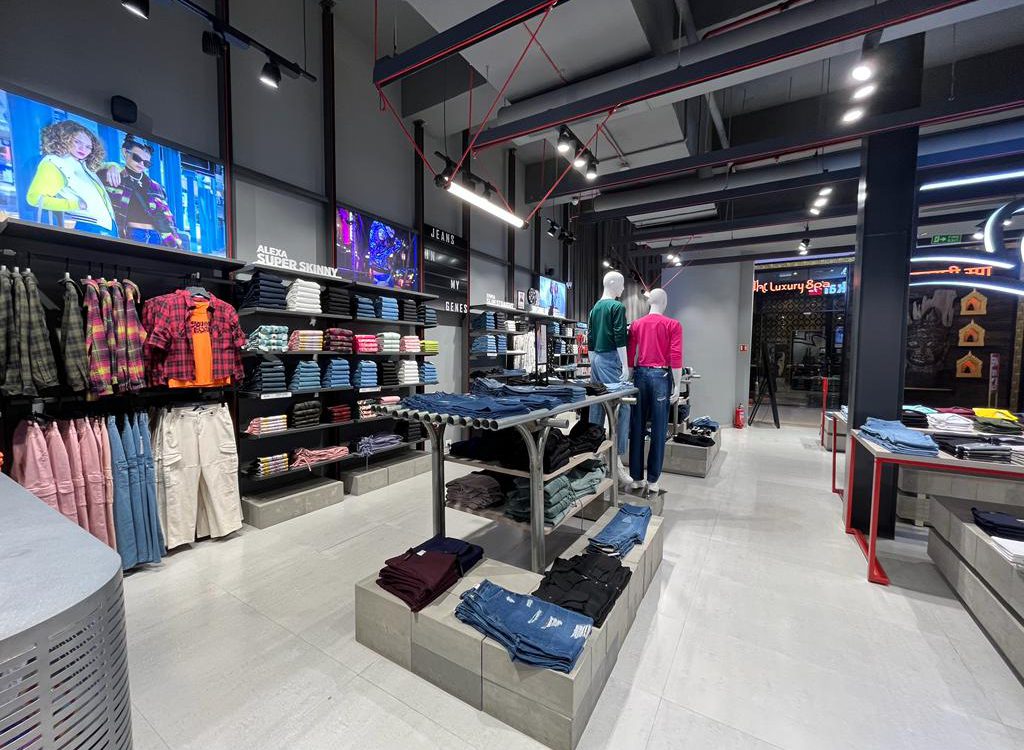Designing a vibrant commercial space goes beyond aesthetics; it involves creating an environment that captivates, energizes, and leaves a lasting impression. Whether it’s a retail store, office, or hospitality venue, here are key points to consider for infusing vibrancy into your commercial design.
1. Understanding Brand Identity
Before diving into design elements, grasp the essence of the brand. The design should be a visual extension of the brand’s personality, values, and mission, creating a cohesive and authentic experience.
2. Color Psychology
Harness the power of colors to evoke specific emotions. Vibrant hues like oranges and yellows can energize, while blues and greens can instill calm. Striking the right balance ensures the space resonates with the desired mood.
3. Strategic Lighting
Lighting is a crucial element in creating vibrancy. Natural light is invigorating, while well-placed artificial lighting enhances specific areas. Experiment with different lighting styles to achieve the desired ambiance.
4. Dynamic Layouts
Break away from traditional layouts by introducing dynamic and flexible arrangements. Experiment with open spaces, varied seating options, and modular designs to foster a sense of movement and adaptability.
5. Showcasing Visual Interest
Incorporate visually stimulating elements such as eye-catching displays, artwork, or interactive installations. These focal points serve as conversation starters and contribute to the overall vibrancy of the space.
6. Biophilic Elements
Bring the outdoors in by integrating biophilic elements. Plants, green walls, or natural textures connect occupants with nature, promoting well-being and infusing the space with vitality.
7. Texture and Material Choices
Experiment with textures and materials to add depth and interest. Consider vibrant patterns, textured surfaces, or unconventional materials that align with the brand and contribute to a visually rich environment.
8. Brand-Appropriate Graphics
Graphics and signage play a pivotal role in commercial design. Ensure that any graphics or branding elements align with the overall design scheme, contributing to a cohesive and engaging atmosphere.
9. Interactive and Engaging Spaces
Foster engagement through interactive elements. Whether it’s a digital display, a playful seating arrangement, or hands-on product demonstrations, create spaces that invite customers or employees to actively participate.
10. Sensory Experience
Appeal to multiple senses to create a holistic experience. Consider incorporating scents, sounds, or even tactile elements that align with the brand and contribute to a memorable and vibrant atmosphere.
11. Flexibility for Evolution
Design with the future in mind. Create a flexible space that can adapt to changing needs, allowing for periodic updates or redesigns to keep the environment dynamic and relevant.
In conclusion, a vibrant commercial design is a careful orchestration of elements that stimulate the senses, reflect brand identity, and foster a dynamic atmosphere. By considering these key points, you can create a space that not only looks vibrant but also resonates with the energy and vitality that defines your brand or business.

